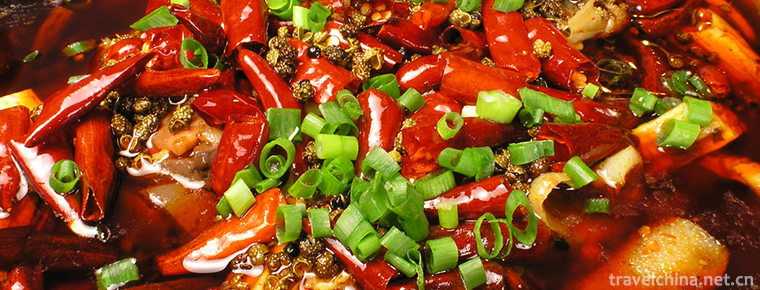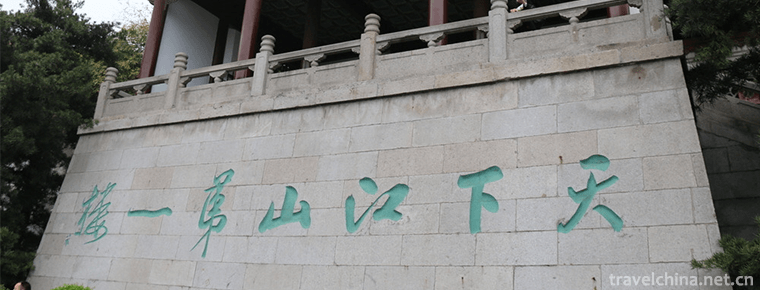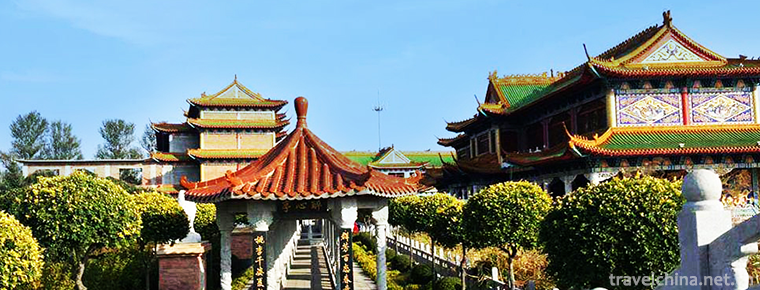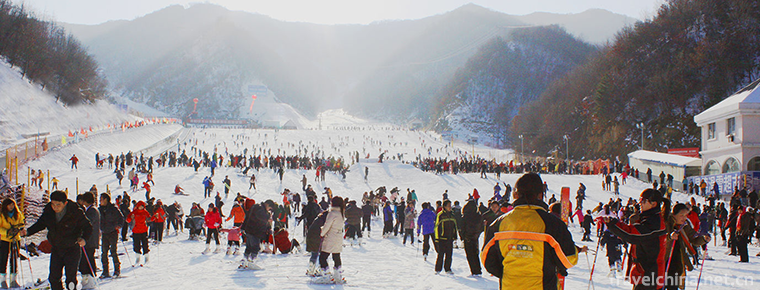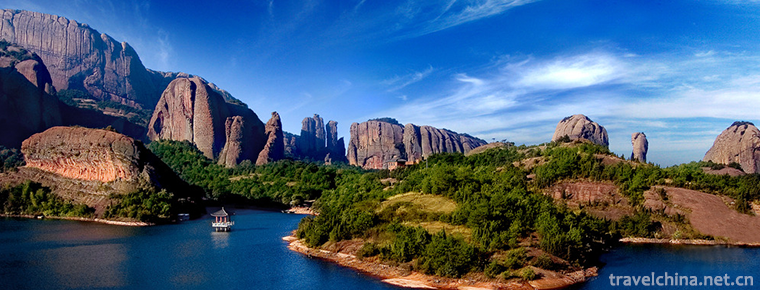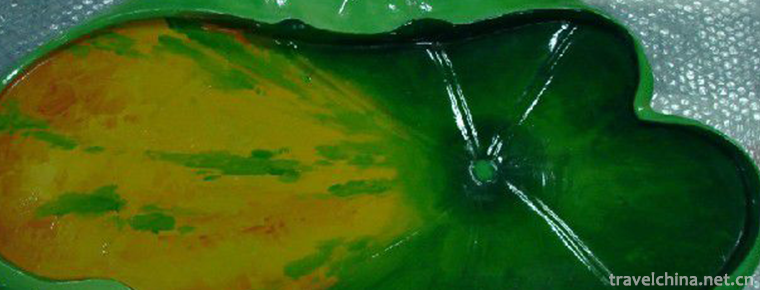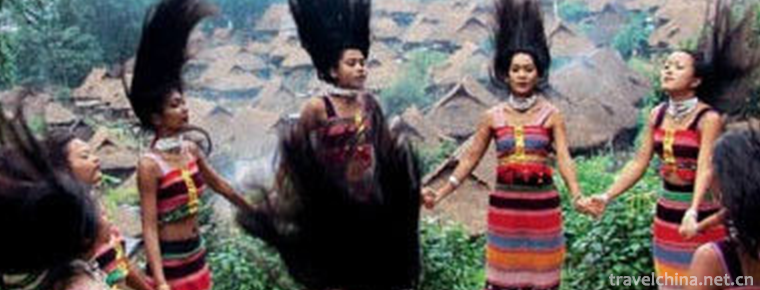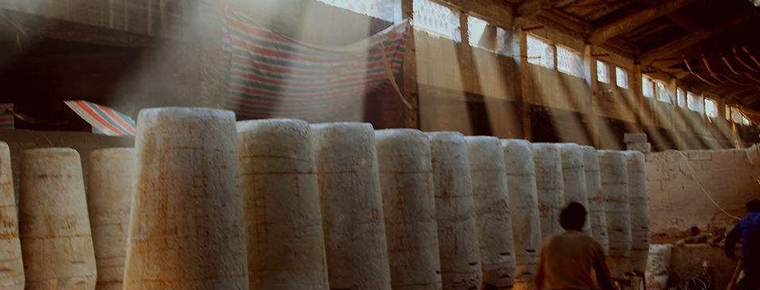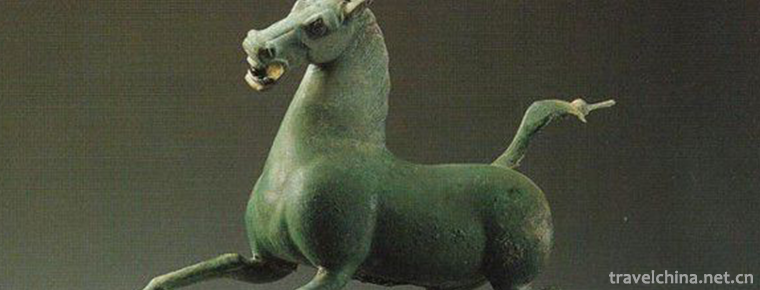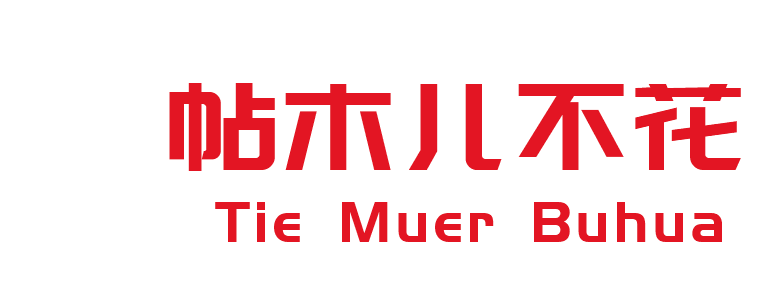woolen needlepoint tapestry
woolen needlepoint tapestry
Cashmere embroidery, also known as wool embroidery, is one of the emerging traditional arts and crafts in Shanghai. It is a kind of art and crafts crystallization embroidered on special mesh linen cloth with colored wool wool yarn. The products are rich in color, harmonious in color matching, exquisite embroidery, clear layers, vivid in shape and lifelike in image.
On May 23, 2011, Shanghai velvet embroidery was approved by the State Council and listed in the third batch of national intangible cultural heritage list.
Historical Origin
Velvet embroidery was originally popular in Europe. In the 14th century, the clothing and carpet of German peasants were embroidered according to the warp and weft arrangement of the fabric. Its raw materials and technology are very similar to velvet embroidery. In the 16th century, a kind of linen cloth specializing in embroidery sole appeared in Europe. It was embroidered with wool needle by needle on the sole, and then it became velvet embroidery. Embroidery can be used as wall hanging, cushion, chair cushion, etc. In the 17th to 19th centuries, velvet embroidery prevailed in England. During Victoria's period (1837-1901), a Berlin printer and his wife designed a color pattern on a small square paper in England. The producer could embroider it on a mesh according to the number of drawings. The technique was simple. At that time, the wool of German Merino sheep was mostly used to make wool for embroidery, so people called wool embroidery Berlin wool embroidery. At the beginning of the 20th century, British missionaries set up Yantai Rende Westernization Bank; British and American businessmen set up modest Westernization Bank and modest Thai Westernization Bank in Shanghai to organize the processing of velvet embroidery materials, from which velvet embroidery was introduced into China. At that time, the products were decorative fabrics for daily necessities such as slippers and handbags, and the color was relatively simple. In the late 1930s, Liu Peizhen, a Shanghai woolen embroidery artist, and her five sisters took the lead in making portraits of people with woolen embroidery. In the early 1950s, Gao Wanyu, a Shanghai woolen embroidery artist, reformed the matching techniques of woolen embroidery, enriching the expressive force of the woolen embroidery art.
Shanghai velvet embroidery is a kind of handicraft which is embroidered one by one on a special mesh fabric with various colors of velvet yarn. Each needle is a small color block, a picture with a few tens of thousands, many hundreds of thousands of small color blocks to express. When embroidery is done, the lines are changed with the paintings. Because of color application, the embroidery is rich in color, distinct in level and vivid in image. Be good at expressing different scenery of random needle embroidery, so that the performance of velvet embroidery is stronger, more rich in texture. Not only can we embroider tray cushions, schoolbags and other daily necessities, but also we are good at putting the brush and ink interest of Chinese painting and oil painting on the tray, and reappearing the true life of portrait photography on the screen, giving people a strong artistic appeal.
Artistic Characteristics
Shanghai velvet embroidery is especially good at creating portraits of foreign leaders. The image of velvet embroidery is vivid and appealing. It is praised as "oriental oil painting".
Shanghai's velvet embroidery works are well-known both at home and abroad. Especially after the founding of the People's Republic of China, they have developed from being able to produce only slippers and handbag pieces to embroidering large-scale works of art such as Leaders'figures and landscapes. It is unique in its vivid image, rich color, clear hierarchy and strong three-dimensional sense of the "Shanghai School" art style. Its characteristics are as follows: (1) Drawing lessons from traditional Chinese embroidery technology, using changeable stitching and splicing techniques, splitting lines and color matching techniques to enrich the artistic language of Shanghai's velvet embroidery; (2) Through artistic re-creation, the works of velvet embroidery are skillfully combined with shape, color, spirit and light, so that the works of velvet embroidery are faithful to the original works and better than the original works of art; (3) After special treatment, velvet embroidery embroidery works are milde Only prolonged the life of the work and enhanced the artistic appeal; (4) In the color technique, from the original simple color to self-dyeing, and absorbed the advantages of embroidery techniques, from monochrome embroidery to mosaic embroidery, colorful embroidery, embroidery and other techniques, the picture has no reflection, solemn style, is very suitable for making the portrait of leaders and celebrities. And as a national gift, or memorial hall, exhibition hall, Hotel display. For example, the magnificent embroidery of "Motherland Land" in the main hall of Chairman Mao Memorial Hall, which is solemn, solemn and harmonious in color, vividly demonstrates the magnificence of the beautiful rivers and mountains of the great motherland.
Shanghai's velvet embroidery works reflect both characters, scenery and still life of flowers and birds. In terms of artistic form, it can not only express colorful and complicated oil paintings, but also embroider realistic images and strong contrast of art photography. It can also transplant Chinese ink and wash paintings which pay attention to the charm of brushwork. The expression of these works of art in velvet embroidery is not simply and mechanically duplicated, but re-created according to the materials, properties and special process of the velvet embroidery.
Gu embroidery, a wonderful flower of Shanghai velvet embroidery, is a kind of embroidery. It is an embroidery created with the embroidery techniques and styles of Gu Mingshi, a bureaucrat in the Ming Dynasty in Shanghai. It is characterized by fine hairbreaking, a silk thread can be divided into more than 40 branches for embroidery, needle-like, dense, subtle color matching, rich color, vivid, ingenious, so it is also called "painting embroidery".
Production process
There are three main processes in the production of velvet embroidery:
Layout out. The manuscript is enlarged on a linen base by placing a check.
(2) Dyeing wiring. According to the color of the original picture, the wool of the required color is dyed according to the difference of hue, hue and color difference. (3) Embroidery. Generally, the outline is embroidered first, then the color blocks are embroidered, and finally the details are depicted.
The basic needle method of velvet embroidery is dotted embroidery with oblique point shape. In addition, according to the needs of the screen can be used random needle, cross needle, picking needle, mixed needle, hair and other needle method.
Variety classification
Cashmere embroidery is mainly divided into two categories: appreciative products and daily necessities.
Appreciation: Generally, the pictures are large, most of them copy famous paintings, figures and landscape photographs. There are hundreds of line colors, especially the transition of color order and color phase, and the description of character's manner. Works are often used as interior decoration of large buildings.
2. Commodities: small items such as cushions, sofa sets, table sets, glasses sets, powder boxes, handbags, etc. Most embroidered flower patterns are simple in color. Because the texture of wool is thicker than silk thread and cotton thread, and it has wool feeling, the picture of wool embroidery has calm, solemn style and artistic expression.
Inheritance Significance
Shanghai velvet embroidery has a wide range of themes. Shanghai velvet embroidery can be represented not only by oil paintings, traditional Chinese paintings, but also by photographs. Realistic paintings, Abstract paintings, portraits of people, animals, landscapes and flower and grass patterns can all be used as the blueprints of velvet embroidery. Shanghai velvet embroidery is good at expressing famous mountains and rivers, classical architecture, cultural monuments, urban landscape, folk customs, and can also create unique art appreciation according to personalized drawings.
Its far-sighted color is rich, the level is clear, the three-dimensional sense is strong; the near-sightseeing color is rich and varied, the level is complex and distinct. The whole picture by a variety of color fusion, through the reflection of people's visual senses, to form a unique artistic effect of polychrome.
It does not reflect light, the visual effect is soft, the texture is solid and stable, rich and noble, no matter the viewer from the front or side of the work, have good visual effect. From drawing to embroidery is not passive imitation and copying, but a process of re-creation. It not only conforms to the spirit of the original work, but also expresses the understanding and personality of the embroiderer. The velvet embroidery works with different themes and sizes can be applied to the display and layout of various types of buildings, halls, halls and rooms, and their artistic effects are incomparable with those of other paintings.
The Works of Famous Artists
Famous embroidery artists include Liu Peizhen, Gao Wanyu and Zhang Meijun in Shanghai. Liu Peizhen embroidered portraits of people with velvet embroidery, which is the first in China. His representative works include "Gorky", "Moscow University", "Attacking the Winter Palace", "Lenin's Announcement of the Establishment of the Soviet Union" and so on. Gao Wanyu reformed the process of velvet embroidery. For the first time, she dyed and matched the colors by herself, which increased the color of the thread used for velvet embroidery from dozens of fixed ones to nearly 1000. By using such techniques as line-breaking, color-matching and color-adding, she solved the problem of color transition in the process of embroidering portraits of characters. This embroidery technique is widely used in Chinese velvet embroidery. Her representative works include "Dear Premier Zhou", "Sun Yat-sen and Song Qingling". Zhang Meijun's artistic features are rich in color levels and vivid and delicate characterization. His representative works include Premier Zhou and Nehru, the site of the First Congress of the Communist Party of China, and the South Lake Memorial Ship.
The "Great Wall", "Hundred Flowers Striving for Beauty" and "Everest Overlooking" in Shanghai's woolen embroidery have all become masterpieces that have been appraised at home and abroad. Among them, "Great Wall" was sent to the hall of the United Nations Building for display, which made delegates of all countries amazed.

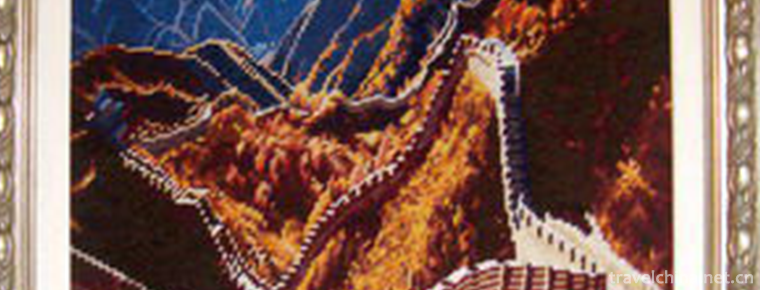
-
Duck Blood in Chili Sauce
The main ingredients of hairy blood are duck blood, cooking techniques are mainly cooked, and tastes are spicy and spicy. Originated in Chongqing, popular in Chongqing and southwest China, it is a fam.
Views: 401 Time 2018-10-27 -
Huanghelou Park Wuhan
Wuhan Yellow Crane Tower Park: The Yellow Crane Tower on Snake Mountain in Wuchang is one of the three famous buildings in the south of the Yangtze River..
Views: 158 Time 2018-12-12 -
Sannong Expo Park
Shenyang Sannong Expo Park is located in the south of Daliutun Town, Xinmin City, Liaoning Province. It is 15 kilometers away from Xinmin City and 75 kilometers away from Shenyang City. It was built i.
Views: 119 Time 2018-12-18 -
Funiu Mountain Skiing Resort
Located on the north slope of the old boundary ridge of Funiu Mountain in Luanchuan County, Luoyang Funiu Mountain Skiing Resort has the highest elevation of 2200 meters and an elevation of 1700 meter.
Views: 133 Time 2018-12-22 -
Turtle peak Scenic Area
Guifeng Scenic Spot is located in the southwest of Yiyang County, Jiangxi Province, beside 320 National Highway, 311 Highway and Zhejiang-Jiangxi Railway. It is 10 kilometers away from Yiyang County a.
Views: 150 Time 2019-01-13 -
Fuzhou bodiless lacquerware decoration skills
Fuzhou bodiless lacquerware decoration technology, Fuzhou, Fujian Province, local traditional handicraft, one of the national intangible cultural heritage..
Views: 173 Time 2019-04-30 -
Alpine Hand in Hand Dance
"Hand-in-hand dance" is a kind of self-entertainment dance with the longest history and widespread spread spread among the folk dances of the mountain nationality. During the wedding and fes.
Views: 98 Time 2019-04-30 -
Construction Techniques of Jingdezhen Traditional Porcelain Kiln Workshop
Jingdezhen traditional porcelain kiln workshop building skills, Jiangxi Province Jingdezhen local traditional ceramic industry building and building skills, one of the national intangible cultural her.
Views: 86 Time 2019-05-08 -
Bronze Repair and Reproduction Techniques
Traditional bronze repair technology mainly includes shaping, splicing, matching, bonding (welding), strengthening, old and other processes, and sometimes involves rust removal, scalding (surface seal.
Views: 131 Time 2019-06-11 -
Tie Muer Buhua
Tie Muer Buhua (1286 - 1368). Yuan will be the first to stay. Rate troops to go Xiangyang He won the battle with song, fan and Wen Hu in the Shigi shoal beach. Later from Bo Yan Song, in Yang Luo Bao .
Views: 144 Time 2019-09-14 -
Beijing Institute Of Graphic Communication
Beijing Printing College is a full-time general higher education institution established by the Beijing Municipal People's Government and the former General Administration of Press and Publication. Th.
Views: 164 Time 2019-09-22 -
Luoji Mountain Scenic Spot
Luoji Mountain scenic area is located in Puge County, Sichuan Province, with a total area of 2400 square kilometers, of which the main scenic area is 1083 square kilometers, and the main peak is 4359 meters above sea level..
Views: 72 Time 2020-10-16
